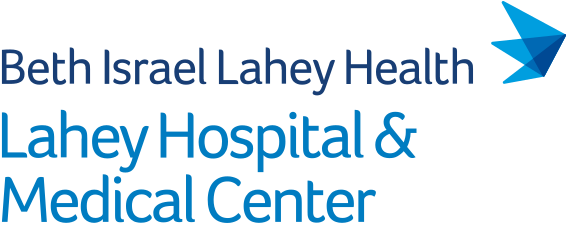BACKGROUND: Cricothyrotomy is a critical technique for rescue of the failed airway in the emergency department (ED). Since the adoption of video laryngoscopy, the incidence of rescue surgical airways (those performed after at least one unsuccessful orotracheal or nasotracheal intubation attempt), and the circumstances where they are attempted, has not been characterized.
OBJECTIVE: We report the incidence and indications for rescue surgical airways using a multicenter observational registry.
METHODS: We performed a retrospective analysis of rescue surgical airways in subjects ≥14 years of age. We describe patient, clinician, airway management, and outcome variables.
RESULTS: Of 19,071 subjects in NEAR, 17,720 (92.9%) were ≥14 years old with at least one initial orotracheal or nasotracheal intubation attempt, 49 received a rescue surgical airway attempt, an incidence of 2.8 cases per 1000 (0.28% [95% confidence interval 0.21 to 0.37]). The median number of airway attempts prior to rescue surgical airways was 2 (interquartile range 1, 2). Twenty-five were in trauma victims (51.0% [36.5 to 65.4]), with neck trauma being the most common traumatic indication (n = 7, 14.3% [6.4 to 27.9]).
CONCLUSION: Rescue surgical airways occurred infrequently in the ED (0.28% [0.21 to 0.37]), with approximately half performed due to a trauma indication. These results may have implications for surgical airway skill acquisition, maintenance, and experience.
